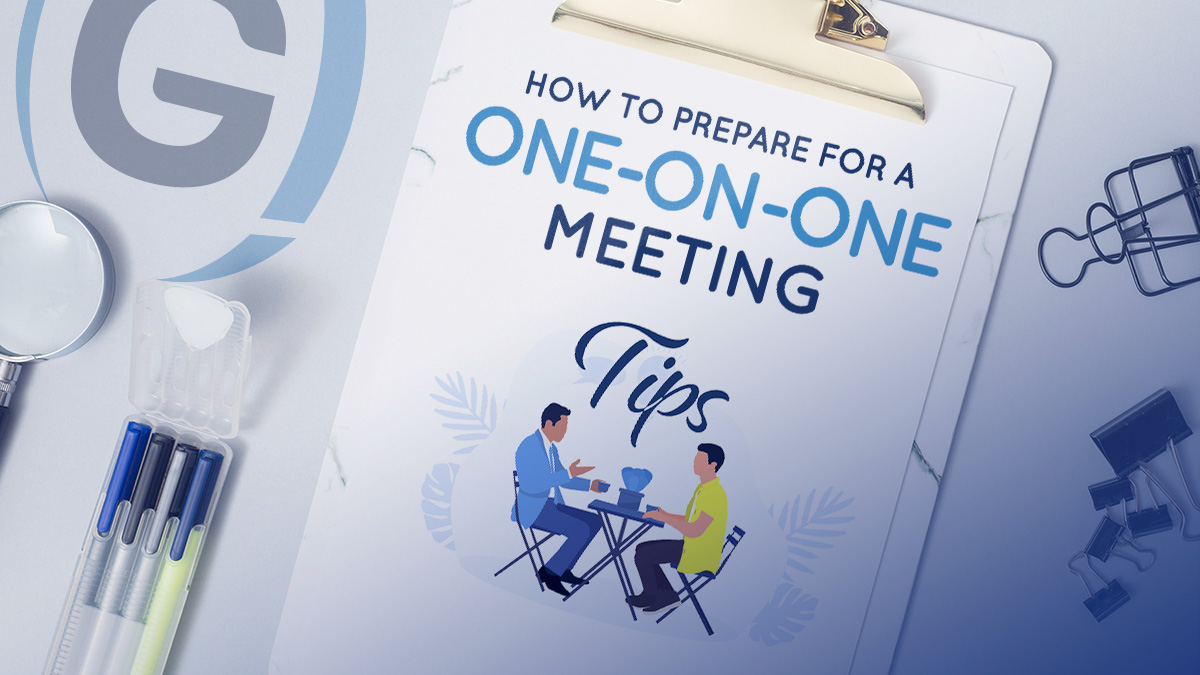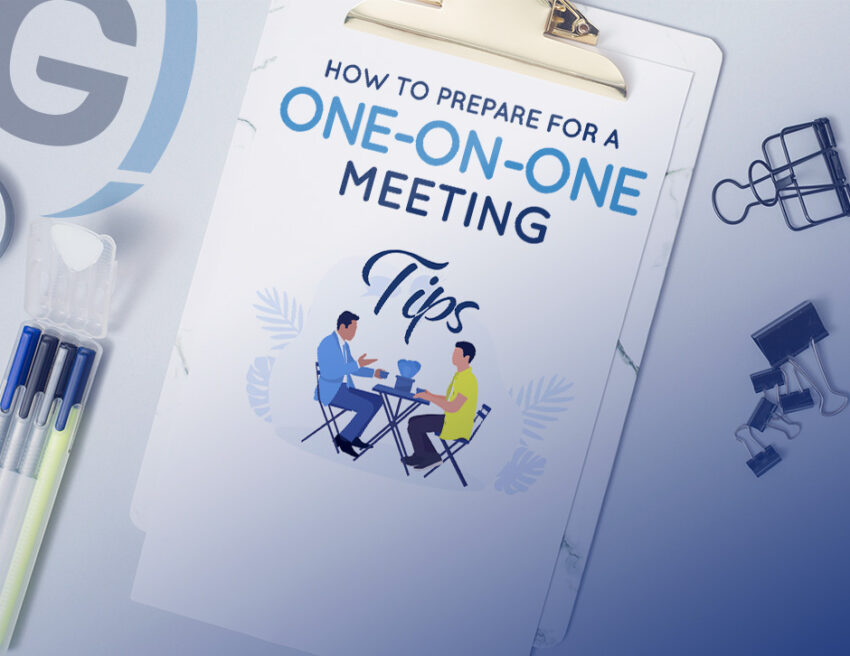In the competitive logistics industry, one-on-one meetings provide freight forwarders with invaluable opportunities to strengthen business relationships, explore new partnerships, and discuss growth strategies. Whether it’s at a logistics conference, a client meeting, or an industry networking event, being well-prepared for these meetings is key to making a lasting impression and advancing your business interests.
To survive the ever-increasing competition in the logistics sector, small and mid-sized logistics companies need to focus on building lasting relationships with competent partners. Participating in a freight forwarders conference is one effective strategy that could help them strengthen the bottom line of the businesses of independent freight forwarders like you. Globalia Logistics Network’s Annual Meetings give our members the opportunity to get up close and connect with their network partners for discussing future collaboration prospects and deepen the partnerships. This guide will walk you through essential steps and tips to ensure you make the most of your one-on-one meetings.

Identify Which Companies You Are Interested in Meeting
It’s important to plan who you want to meet and why. Here’s everything you need to know before scheduling a meeting with your network partners.
- Identify Key Territories: Review the countries or regions that are important for your business growth and ensure you target companies from those areas.
- Maintain Existing Relationships: Identify companies you are already working with. Meeting them in person can help strengthen these relationships.
- Find New Members: Research new members in the network who could be valuable partners in the future.
- Look for Potential Leads: Identify companies that might be interested in your services. Use this chance to introduce your offerings to new partners.
How to Research: The Members Area is your go-to tool. You can access it via the web or our mobile app. Each member’s profile provides:
- Website, years in business, and main services
- Certifications and contact information (including WhatsApp and emails)
- Office photos and team details
This wealth of information allows you to identify partners that align with your needs.
What is a One-to-One Meeting Scheduler and How to Use It
At Globalia Logistics Network, we offer members a program – the One-to-One Meeting Scheduler – to easily book meetings with partners. As a delegate, you can book up to 32 one-to-one meetings with your network partners. Normally, it opens one month before the Annual Meeting starts, so it is important you have collected this information before this program opens.
In this program, you can see the delegates list, their company’s profile, and you will be able to “Download your agenda”. In order to make the most out of this meeting, we recommend that you book as many slots as possible.
Some of the most common questions about the right use of the meeting scheduler is answered below.
- When do I have to book my meetings? You can normally book your meetings two weeks prior to the conference.
- How the scheduler works? When the scheduler opens Globalia Head Office will send delegates an email with the link and their personal login details to book the meetings they want to have on the Meeting dates. There are 2 different ways to schedule your meetings:
- By Country: You can search the company by introducing their country
- By slot: Choose the time when you would like to schedule a meeting and then choose the company
- If you book a meeting, the meeting gets confirmed, you do not need to receive a confirmation from the company you have invited.
- Your scheduler will show all your meetings, including meetings that other participants have invited you to.
- In case you are not available for certain times, you can click on the “Block” button at the right corner of each meeting slot.
- In case the company you want to meet has not availability, try to write them, so that you can meet them during coffee breaks, lunch, Cocktail, Gala Dinner, etc.
Just Before the Meeting
Before the meeting, review your list and gather materials. Bring business cards, brochures, and any additional information about your services or statistics.
Research the Other Party
Before any meeting, understanding who you are meeting with is crucial. This research can help you tailor your conversation and highlight the value you bring to the table.
- Conduct a more in-depth research on their company: Access their website to learn about the services they offer in greater detail, their specialization, and their market reach. Are they more focused on air, sea, or road freight? Do they have key trade lanes that align with your business? Which certificates do they have?
- Know their pain points: Understand challenges they may be facing, such as new customs regulations, capacity issues, etc. This allows you to offer solutions that address their concerns.
- Explore their network: Identify the major trade partners and regions they operate in, especially if you are looking for collaboration opportunities.
- LinkedIn and industry profiles: Check the individual’s professional background on LinkedIn and other industry-related profiles to understand their role, career, and business focus.
Clarify Your Goals
Having clear objectives for the meeting will ensure that you stay focused and maximize the discussion. Knowing what you want to achieve also allows you to measure the success of the meeting.
- Define your priorities: Are you seeking new business partnerships? Do you want to explore collaboration in specific trade lanes? Maybe your focus is on establishing mutual service agreements or discussing operational pain points.
- Set a primary goal: Think about the key takeaway you want from the meeting. For example, securing a new agency agreement or understanding how their services can complement yours.
- Identify secondary goals: Even if the primary goal is not met, define other benefits you could take away, such as learning more about a market or building rapport.
Prepare Your Presentation or Pitch
Freight forwarders often face time constraints during one-on-one meetings, especially at conferences or events, so it’s important to be concise and engaging.
- Craft an elevator pitch: Summarize your company’s value proposition in a clear and compelling way, focusing on what makes your service unique. Highlight key statistics or recent achievements to show your strengths.
- Tailor your pitch: Adapt your presentation to the specific company or person you are meeting with. Emphasize services or regions of mutual interest to create a sense of shared purpose.
- Prepare talking points: Create a list of key points you want to cover during the meeting. These could range from your service capabilities, and technology solutions, to your global network of partners.
Gather Supporting Materials
While your conversation is the centerpiece of the meeting, having additional materials can reinforce your pitch and leave a strong impression.
- Company brochures or presentations: A concise company profile that outlines your services, trade lanes, and industry achievements will offer the other party a tangible reference after the meeting.
- Market insights or case studies: If applicable, bring relevant data or case studies that demonstrate your company’s success in certain trade lanes or with specific industry sectors.
- Business cards: It’s crucial to exchange contact details during or after the meeting, so make sure to carry plenty of business cards.
- Meeting notes or an agenda: Jot down any questions or topics you want to discuss so you can refer to them throughout the meeting.
Plan Questions to Ask
Asking insightful questions shows that you are engaged and genuinely interested in what the other party has to offer. It also helps create a more balanced conversation.
- Business challenges: Ask about the challenges the company is currently facing, whether operational or market-related. This will allow you to suggest relevant solutions.
- Future expansion plans: Inquire about their plans for growth or market entry in new regions. This opens the door to potential partnerships or collaborations.
- Unique selling propositions: Ask them what sets their company apart from the competition. Understanding this can help you identify synergies or areas where you can support each other.
Practice Active Listening
Being prepared to listen is just as important as being ready to speak. Active listening will allow you to pick up on key details that you can use to your advantage during and after the meeting.
- Make eye contact: Engage with the other party through eye contact, demonstrating that you are focused on the conversation.
- Take notes: Jot down key points that can help you remember important details after the meeting. It also shows that you are serious about the discussion.
- Acknowledge their input: When they share information, affirm that you are listening by nodding or verbally acknowledging their points.
During the Meeting
Be concise and focused. Present your value proposition clearly and tailor your pitch based on the research you’ve done. Make sure to listen actively and take notes. Leaving the meeting with a clear action plan is crucial to ensure that the conversation leads to a tangible outcome.
- Summarize key takeaways: At the end of the meeting, quickly summarize what you’ve discussed, highlighting any action points.
- Propose follow-up actions: Suggest the next step, such as scheduling another meeting, exchanging more detailed information, or exploring a specific business opportunity.
- Set deadlines: If applicable, set a timeline for the next steps, such as when you’ll send a proposal or when you’d like to schedule the next call.
- Leave the door open for future collaboration: Even if the meeting doesn’t result in immediate opportunities, make sure to express interest in staying connected for future potential.
Follow Up After the Meeting
The meeting is only the first step. Following up after the meeting is essential to ensure that the conversation translates into actionable outcomes.
- Send a thank-you email: Within 24 to 48 hours, send a follow-up email thanking them for their time and summarizing key points from the meeting.
- Provide additional information: If you promised to send specific details, such as a service proposal or case study, make sure to do so promptly.
- Stay in touch: Even if immediate business opportunities do not arise, continue to nurture the relationship through occasional check-ins or sharing relevant industry insights.
Final Thoughts
For independent freight forwarders, preparing effectively for one-on-one meetings is essential to building long-term relationships and capitalizing on new business opportunities. By doing your homework, clarifying your goals, and actively engaging during the meeting, you’ll be well on your way to achieving success in your discussions.


